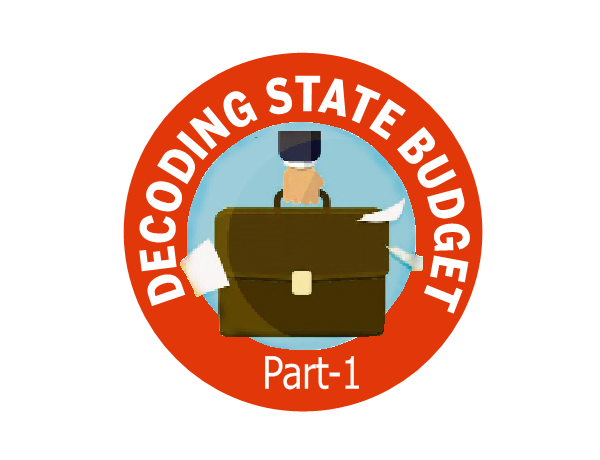Bhubaneswar: The targets of Sustainable Development Goal (SDG) followed by the Odisha SDG Indicator Framework (OSIF) have emphasized on the two broad aspects of education such as “quality education” and “learning outcome” at the elementary and secondary level. So it is obvious that the focus of the state should be on enhancing the quality of education at the primary level and achieve minimum proficiency.
Despite several efforts, the state is still not able to keep all children, in the age group of 6-14, in school. Dropout rate at the primary level is still high at 5.42 percent. It stands at 6.93% in the upper primary level. The most worrying factor is that dropout at upper primary level has increased to 6.93% in 2018-19 from 5.45% in 2017-18.
Odisha is still struggling with traditional issues of universal enrolment and retention. Children are unable to read text, do basic mathematics and speak fluently. In the last few years, providing quality education does not seem to feature in planning and budgeting nor does it reflect in the assessment result. As per ASER survey (Annual Status of Education Report, 2018), in Odisha, 61.3% of Standard III children could not read a Standard II-level text, while 8.6% could not even read a letter. For arithmetic tasks, 63.5% of Std. III students could not recognize numbers, 7.88% students cannot even recognize numerical from 10-99 and 69 % could not perform subtraction.
Recognizing the inadequate public investment in education, the New Education Policy, 2019 (draft) has recommended enhancing the overall public expenditure in education to 20 percent, over a period of 10 years. However, the spending for School and Mass Education in Budget 2020-21 is only 11.64 percent of total state budget. The investment trend for education in the state is flat and has remained in between 11.20 per cent to 12.54 per cent of the total state budget over the last ten years.
For the financial year 2020-21, allocation for School and Mass Education has increased by Rs 1,273.29 crore from the previous year’s Budget.
While going a little deeper, it is found that mostly the increment is made in the administrative expenditure. Out of the total increase of Rs 1273 crore, Rs 977 crore is for the administrative expenditure. As mentioned, the important aspects of quality education and learning outcome components are not prioritised in the Budget 2020-21. Allocations for existing schemes are made with little or no changes over the previous year’s Budget.
Dr Amarendra Das of National Institute of Science Education and Research (NISER) talking to Orissa POST said, “Cutting budget for teacher training for the year 2020-21 is very dissatisfying. During 2019-20, budget for teacher training was Rs 63.85 crore which decreased to Rs 42.75 crore in 2020-21.”
The most important factor for enhancing the quality of education is to recruit the qualified and trained teachers. However, the teacher training institutes in Odisha such as DIET (District Institute of Education and Training) are suffering from teaching staff shortage for last many years. Even several positions in SCERT (State Council of Education Research and Training) are lying vacant. Budget for in-service training for teachers are met from the SSA (Sarva Shiksha Abhiyan) budget but the pre-service training fully depends on state funding.
Economics Professor Bhagbat Patra said, “Education is a foundational problem in Odisha. Our budgets have always focused on quantity rather than quality. We need to have an output budget because efficiency oriented government schemes are the need of the hour. ”
Satyapriya Rath, Joint Secretary, Department of Finance said, “Education is indeed a major matter of concern for the state government. We are aware of the increase in the dropout rate of students and for which we have come up with a strategic budget- making process where we involve various departments to submit budget proposals.”
Dipti Ranjan Das, OP
